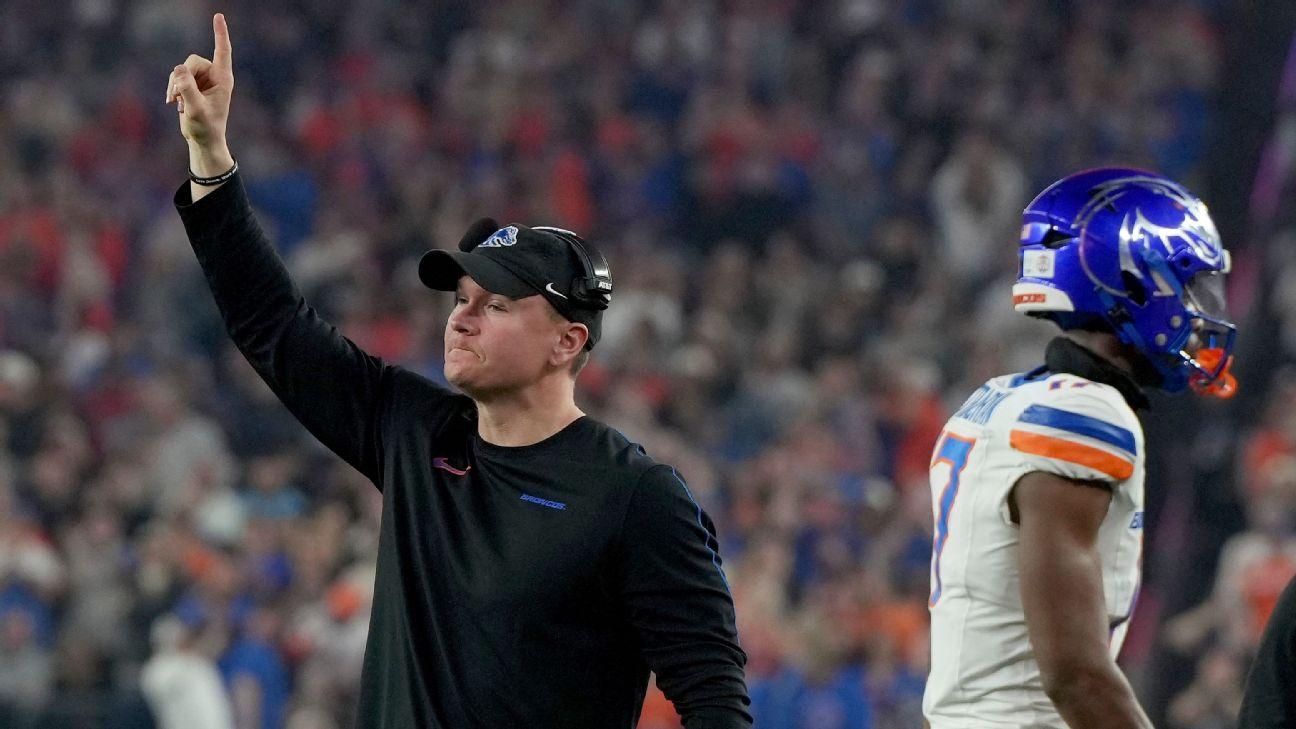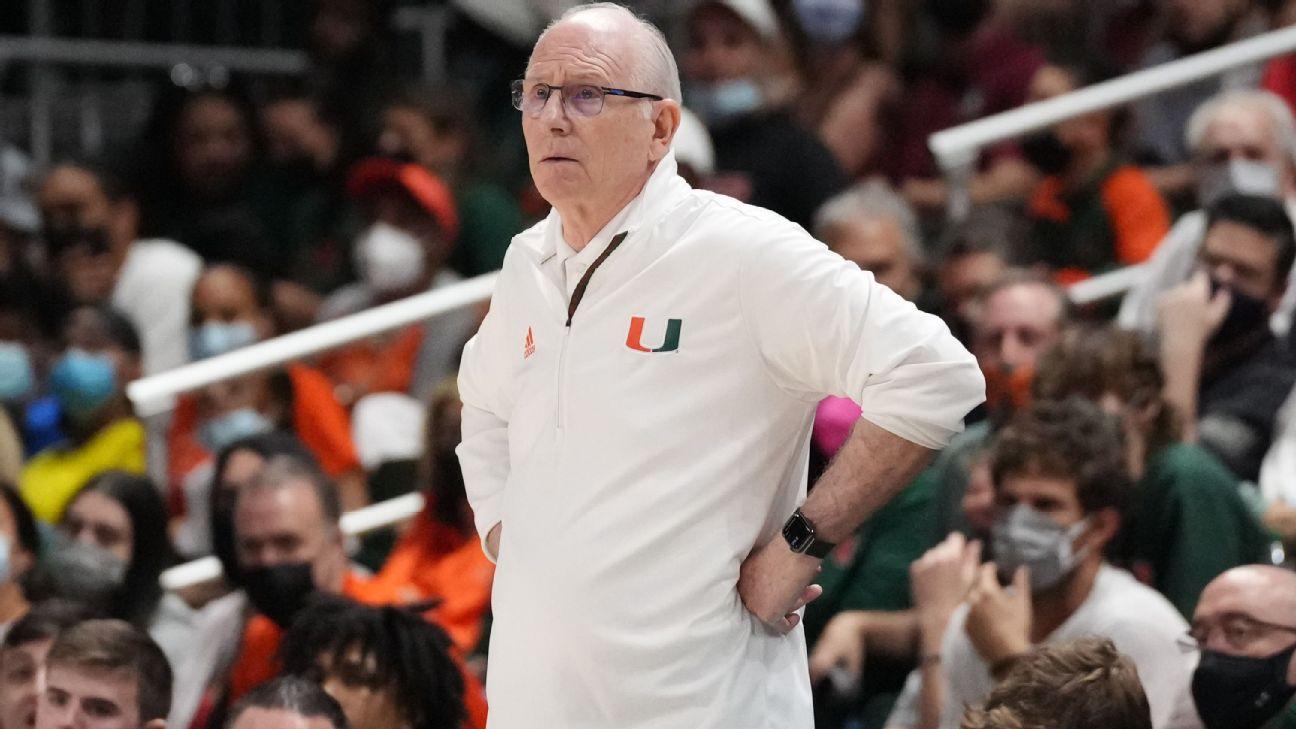How Democrats found a new approach to violent crime
Listen to the way Democrats talk about guns, violent crime, and the criminal justice system these days, and you’ll notice that things sound different from the way they did in 2020. That year, following a national protest movement centered around the high-pro…

Published 3 months ago on Sep 28th 2024, 7:00 am
By Web Desk

Listen to the way Democrats talk about guns, violent crime, and the criminal justice system these days, and you’ll notice that things sound different from the way they did in 2020. That year, following a national protest movement centered around the high-profile police killings of unarmed Black Americans, including Breonna Taylor and George Floyd, Democrats focused their message on protecting citizens from police abuses and overhauling the criminal justice system, rather than reducing violent crime. But four years later, after a historic spike in gun homicide and an election cycle where Republicans attacked them over the issue, Democrats have found a new message. Leaders are still talking about ending gun violence — an important issue for their base, given that it’s the core reason that the United States has a homicide rate that is much higher than other comparable countries. They’re also still supportive of police reform, though it has been less prominent as a campaign issue this year. But now, with Republicans opposing nearly all of their gun control legislation, they’re highlighting their other efforts in crime prevention and public safety, too. “We made the largest investment, Kamala and I, in public safety, ever,” President Joe Biden said at the Democratic National Convention in August, referring to the $10 billion in funding committed through the American Rescue Plan to public safety efforts for cities and states. Vice presidential nominee Tim Walz touted his administration’s investment in fighting crime as Minnesota governor at the DNC, and Chris Swanson, a sheriff from Genesee County, Michigan, took to the stage to declare that “crime is down and police funding is up,” in a speech that would have been almost unthinkable at the 2020 Democratic convention, when activists and other prominent voices on the left were calling to “defund the police.” Mayors leading major cities are now highlighting increases in funding and support for programs built around more recent innovations in violence reduction, including community violence intervention and hyperlocal crime reduction programs. “Community safety is a year-round, collaborative effort,” Boston Mayor Michelle Wu said earlier this year, unveiling a new summer safety program for the city, which has seen a major drop in gun homicides in 2024 compared to the previous year. “Our comprehensive approach to reducing gun violence is working,” Baltimore Mayor Brandon Scott said, crediting the work of the city’s group violence reduction strategy in contributing to the city’s largest year-over-year reduction in murders last year. It’s not just that Democrats are responding to the rise in gun homicides in 2020 and 2021 and the political backlash that came with it. The change reflects a broader shift in thinking among Democrats and their nonpartisan allies who work in violence reduction, criminal justice, and police reform. It’s one that acknowledges the seriousness of preventing and reducing violent crime — the core concern of the “tough on crime” crowd — without accepting the idea that the solution is mass incarceration. There is a growing sense that increasing public safety, ending gun violence, and reducing mass incarceration, rather than being separate or even in tension, are pieces of the same pie, and that efforts to improve one should help improve the others. “These conversations had been occurring in siloes,” between policymakers focused on public safety and policymakers and activists focused on criminal justice reform, says Adam Gelb, president and CEO of the nonpartisan think tank Council on Criminal Justice. But the conversations have been merging and becoming more interconnected as they’ve come to an important realization: “We’re not going to solve or dramatically reduce incarceration rate unless we dramatically reduce the rate of community violence,” Gelb says. The change represents an evolution of years of policymaking on crime reduction and prevention. In the 1960s and 1970s, when murder and violent crime rose dramatically in the United States, a sociologist looked at the available research about what could rehabilitate those convicted of crimes and came up with an unsettling conclusion: nothing worked. This notion gave credence to a controversial new argument, outlined by American political theorist James Q. Wilson in his 1975 book Thinking About Crime. Wilson argued that since rehabilitation was essentially futile, the criminal justice system should focus on doing what they could to make sure repeat offenders were removed from society. Wilson’s views became popular among policymakers, and the American prison population began to grow in the 1970s, through the crack epidemic and the “war on drugs” in the 1980s and 1990s. By 2009, the United States had 1.6 million people in prison and the highest incarceration rate in the world. The social science researchers, meanwhile, had improved their ability to study the impact of various violence reduction strategies, and discovered something else important: deterrence based on issuing harsh prison sentences also didn’t work. At the same time, a growing movement recognized America’s mass incarceration issue as a real problem in and of itself — one that cost the government billions annually, exacerbated racial inequality, and devastated communities and families. As researchers deepened the body of existing research on racial bias in the criminal justice system, and activists organized to press lawmakers for change, a series of police killings of Black Americans brought the issue into the public’s view. By 2020, the movement for police and criminal justice reform had already made important progress, thanks to a network of organizers and activists, and funding from foundations and bipartisan coalitions. That support had helped build momentum for drug sentencing reform during President Barack Obama’s administration as well as his administration’s creation of a task force aimed at police reform. Those efforts helped pave the way for the most significant sentencing reform bill in years, the First Step Act, signed by President Donald Trump. The bill gave judges more flexibility to avoid lengthy sentences dictated by federal mandatory minimums, allowed incarcerated people to earn time credits that could move up their release date if they participated in rehabilitative programs, and made retroactive the earlier reform passed under the Obama administration, eliminating the sentencing disparity between those convicted of possessing crack versus powdered cocaine. By the last election cycle, the Democrats’ platform included the most progressive police reform agenda in modern American history. The bill focused on greater accountability for police, but also included proposals to invest more in community-based violence reduction. But as reformers were making strides, violent crime began to rise again in cities, due to a number of factors related to the pandemic, policing after the George Floyd protests, and the ubiquity of guns. By the end of 2020, the country had seen the largest increase in its homicide rate in nearly a century, and the problem got more difficult to ignore. The following year, homicides remained high. Former President Donald Trump and other Republicans increasingly pointed their fingers at Democrats running big cities, arguing that their policies were responsible for rising violent crime and attempting to connect them with the left’s “defund the police” movement. By 2022, six in 10 registered voters listed crime as a “very important” issue for them in the midterm election cycle that November. Then, a new crop of Democrats, responding to voters’ concerns, launched campaigns for mayor across the United States. Many made violent crime reduction their primary campaign issue. Some, like New York’s Eric Adams, who won in 2021, and Philadelphia’s Cherelle Parker, who won in 2023, campaigned on more funding and support for police. (Federal prosecutors announced Thursday that they had indicted Adams on federal corruption charges, and the NYPD has been under heavy scrutiny for illegal stops on citizens, a recent subway shooting, and a separate investigation that resulted in the police commissioner’s resignation in September.) Others, like Wu and Chicago Mayor Brandon Johnson, have focused their efforts on outreach and intervention programs, and focused on investing in community partnerships. The details of each city’s violence prevention program are different, but the broad elements are largely the same: They include more funding for both the police and for community organizations aimed at addressing the people and places most likely to suffer from high rates of violent crime, especially gun homicide. “Democratic politicians are being responsive to what voters care about,” says Jens Ludwig, professor and director of the University of Chicago’s Crime Lab. That’s not the only factor at play. Post-pandemic, Ludwig says, many cities were facing the challenges brought on by the emptying of cities and the rise of remote work, along with the rise in violent crime. Some feared this would result in an “urban doom loop” where people fled cities for the suburbs, making the problems worse and subsequently causing more people to flee. The stimulus funds from the federal government helped stave off the decline, but cities knew that the money wouldn’t last forever. “Every big city in the country now realizes that they aren’t going to be able to throw money at this problem forever,” Ludwig says. “There’s a need to figure out how to do more with less.” Investing in targeted initiatives that place community outreach workers in high-risk neighborhoods, or give police data to approach crime hotspots, are ultimately cost-effective methods to reduce violence. “These things are not super expensive in the grand scheme of things,” Ludwig says, and they give cities a way of reducing violence in the short-term while working on longer-term investments meant to address root causes of violence, including racial inequality and economic disinvestment. It also helps, Ludwig says, that researchers have gotten much better at understanding what works — beyond gun control — to reduce gun violence in the last few decades. Increasingly, those efforts are being championed by organizations offering resources for mayoral offices looking to reduce violence. Marc Morial, the former mayor of New Orleans, made national headlines for cutting the number of homicides in his city in half during his time in office in the 1990s. Now, as president and CEO of the National Urban League, Morial and the organization are prioritizing community safety and police reform policies, and convening mayors to discuss how to best enact the strategies that have worked in other communities. Focusing on community safety and police reform together makes sense for an organization like the National Urban League, Morial says, which has long focused on advancing economic and living conditions for Black Americans and other underserved people living in urban areas. “Quality of life in Black and brown and urban communities is a paramount issue. A community that feels victimized on the one hand by the police and on the other by crime and crooks is a very difficult community to live in,” he says. Passing better gun laws still remains a major priority for Democrats. The issue was a large theme of the DNC, with Congresswoman Lucy McBath, whose son was a victim of gun violence, sharing the stage with shooting survivors and others who’d lost loved ones to gun violence. The Democratic Party platform also devoted significant space to solving the problem. On the campaign trail, Harris and Walz, both gun owners, have talked about their support for universal background checks, banning assault weapons, and expanding red flag laws, policies that remain popular with their base. Still, the change in Democratic rhetoric — and in the policies in many cities across the United States — puts Democrats in a much different position than they were in 2022. Something else important happened too: violent crime has fallen. According to data the FBI released this week, overall violent crime fell 3 percent in 2023 over the year before, with murder dropping almost 12 percent. It’s too early to say for certain what role these programs played, and what other factors may have contributed. But the reduction in homicides means more lives were saved — the most important change of all.
Advertisement

That Elon Musk ‘Adrian Dittmann’ screenshot is almost certainly fake
- 17 minutes ago

Cybertruck explosion investigation identifies the driver and tracks its path to Las Vegas
- 17 minutes ago
Blast leaves four killed, 35 injured Blaochistan's Turbat
- 9 hours ago
Rickelton double ton takes S Africa to 429-5 v Pakistan
- 11 hours ago

Samsung bets big on OLED and gaming with its 2025 monitor lineup
- 17 minutes ago
Five killed, 1 wounded in shooting in Peshawar’s Tehkal: police
- 11 hours ago
You May Like
Trending















